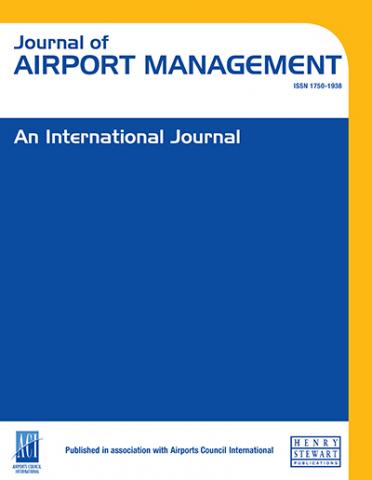“This journal provides valuable peer-reviewed practical business Ideas for industry leaders and academics,”
Transforming a functional airport to a smart, digital one
Click the button below to download the full text of the article.
Abstract: Airports are continuing to experience rising passenger numbers and increasing capacity constraints, as pressures on physical resources intensify. To cope with this, airport executives need to take a more systematic, methodical approach to digital transformation. They need to build on isolated deployments of innovative technology to move towards a more holistic vision. This paper explores this challenge and opportunity via the concept of the ‘real-time’ airport — a data-driven ecosystem, using real-time data to make better, more informed decisions, optimising operations. The paper aims to educate the reader on the four key components of the real-time airport: integrated planning, automated operations, digital twins and predictive maintenance. It outlines the steps needed to deliver in these areas and how, when combined, they can deliver the ability to significantly improve passenger experience and airport operations by reducing queues, pre-empting and minimising delays and improving the baggage-handling process. The real-time airport road map comprises six key elements, from single-point solutions and integrated systems through to solutions specific to airport domains, before moving on to airport-wide integration and even linking to the city through smart transport systems. Finally, the paper considers the need for collaboration within the industry to deliver on the promise of the real-time airport, to help ensure that airports are fit for future purposes in meeting the complex and continually evolving needs of air travellers.
Keywords: real-time airport; data; automation; digital twins; analytics; digital transformation
Alan Newbold has worked in technology, digital and business consulting for 25 years solving clients’ technology-related questions across the entire business and capital life cycle. Alan is passionate about delivering value-added experiences to the users of technology to ensure the clients achieve the outcomes expected. Within the Transport Sector, Alan has significant experience in delivering technology solutions to clients that improve the passenger experience, reduce operating costs, improve business resilience and reduce business risk. In addition, he has significant experience in integrating and bringing into operation major digital programmes. He has also worked in client-side technology roles on major capital programmes and understands the business from a client, consultant and supplier side.



